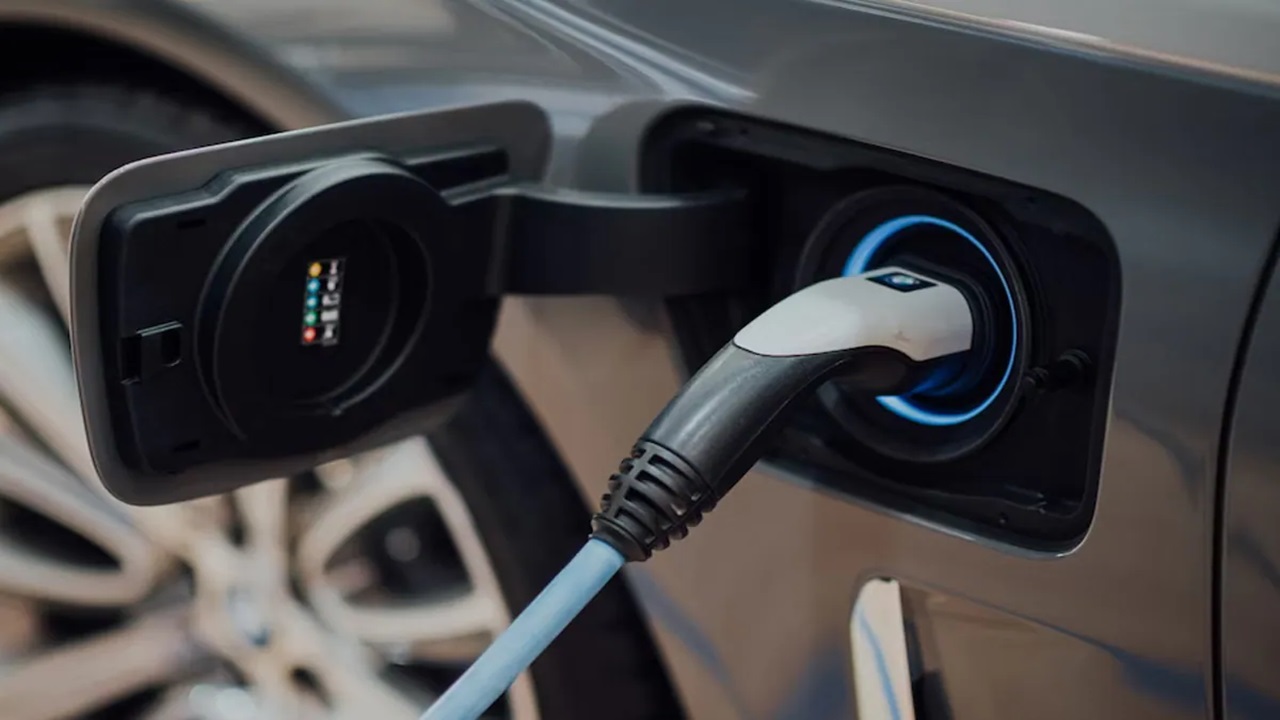In the realm of electric vehicles (EVs), the efficiency of the battery charging system plays a pivotal role in determining the overall success and acceptance of these eco-friendly alternatives. The evolution of onboard charging technology has been significant, reshaping the landscape of electric mobility. This article delves into the intricacies of onboard charging, examining the key components, advancements, and the potential impact on the future of electric transportation.
The Crucial Role of the Battery Charging System
At the heart of every electric vehicle lies its battery charging system, a fundamental component that directly influences the convenience and practicality of EV ownership. The battery charging system encompasses a complex network of components responsible for managing the transfer of energy from an external power source to the vehicle’s battery pack. This process is not merely about plugging in a cable but involves a sophisticated interplay of technologies aimed at optimizing charging times, efficiency, and overall battery health.
Understanding Onboard Charging Components
Onboard Charger
The onboard charger is a central component responsible for converting alternating current (AC) from the grid into direct current (DC) suitable for the vehicle’s battery. Over the years, advancements in charger technology have led to more compact and efficient designs, reducing charging times and improving overall energy conversion.
Charging Ports
EVs typically feature various charging ports, each catering to different charging standards. These ports enable compatibility with diverse charging infrastructure, from standard household outlets to fast-charging stations. The standardization of charging connectors is a significant step forward, promoting interoperability and ease of use.
Battery Management System (BMS)
The BMS is the brain of the battery charging system. It monitors and regulates key parameters such as temperature, voltage, and current to ensure safe and efficient charging. Advanced BMS technologies contribute to prolonging battery life and maintaining optimal performance over the vehicle’s lifespan.
Advancements in Onboard Charging Technology
High-Efficiency Chargers
The quest for faster charging times has driven the development of high-efficiency chargers. These chargers minimize energy losses during the charging process, translating to reduced charging times and increased overall efficiency.
Bidirectional Charging
Emerging technologies are exploring the concept of bidirectional charging, allowing EVs not only to consume energy from the grid but also to feed excess energy back into it. This bidirectional capability holds the potential to transform EVs into mobile energy storage units, contributing to grid stability and resilience.
Wireless Charging
The evolution of charging extends beyond physical cables. Wireless charging technologies are gaining traction, offering the convenience of simply parking over a charging pad. Although in its infancy, wireless charging holds promise for streamlining the charging process and increasing user adoption.
The Future Landscape
As technology continues to advance, the future of onboard charging appears dynamic and promising. A seamless integration of EVs into our daily lives hinges on the continuous refinement of charging infrastructure, the standardization of charging protocols, and ongoing research into novel technologies.
Conclusion
The battery charging system is the linchpin in the widespread adoption of electric vehicles. The ongoing innovations in onboard charging are steering the automotive industry towards a future where EVs are not just an eco-conscious choice but a practical and convenient mode of transportation for a broader audience. As we witness the redefinition of onboard charging, the trajectory points towards a more sustainable and electrified future on our roads.
